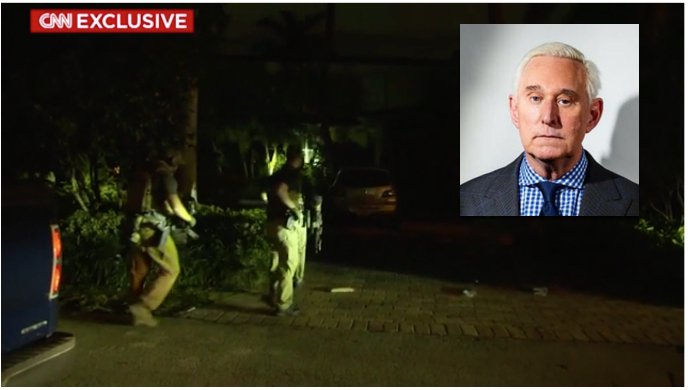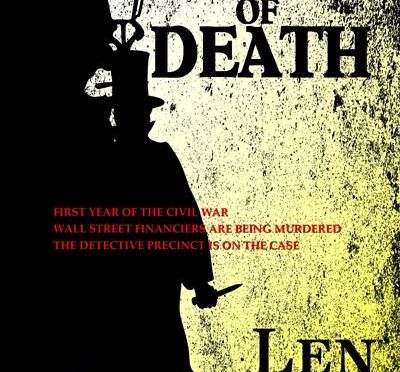I’m not calling it “the Martial Law Book Sale” because I’m trying desperately to be optimistic about the shutdown and what will happen afterwards.
While we’re waiting (and hoping) for this to blow over, don’t succumb to boredom. Kick back with a good book and enjoy the down time.
Mike has reduced the prices of all his e-novels, now. Also, I’ve slashed the prices of my shorter books and will add those links, too. Remember, you can click on the images or the text links to buy. And all these books are available not only on Amazon for the Kindle, but at Barnes & Noble for the Nook, Kobo, the Apple Store, and just about every other store where you can buy e-books, for whatever device.
-Hank
Fast Cars and Rock & Roll…that title tells you exactly what you’re in for in this 459 page high-testosterone tale of Deke Jones’ adventures with racing, rock music, and ravishing women.

Click here to read it on Kobo.
Click here to get it from Smashwords.
Click here to get it everywhere else.
Deke Jones is back for 612 pages of private detective work mixed with irreverent mayhem in Shadow Hand Blues, trying to solve a cold-case mystery after stumbling on a dead blues man’s electric guitar.

Click here to read it on Kobo.
Click here to get it from Smashwords.
Click here to get it everywhere else.
There are no elves, unicorns, or pixie ninjas in Gods & Proxies, but it’s about as epic a fantasy as you could possibly get in 316 pages. Or is it a fantasy at all?

Click here to read it on Kobo.
Click here to get it from Smashwords.
Click here to get it everywhere else.
The Curly Wolf is 321 pages of western action, innocent romance, and larger-than-life characters.

Click here to read it on Kobo.
Click here to get it from Smashwords.
Click here to get it everywhere else.

The entire Retreads series is available for a song at Amazon. Well, I don’t think they actually make you sing. But the three E-Books will cost less than a cheeseburger from the drive-through.
And, of course, the books are for sale individually, too. Hell and Gone was the series premier, my first bestseller, and still the most popular of all my books.


Buy it for the Nook on Barnes & Noble.
Also available as an audiobook from Audible. Comment on this post to get a coupon code for a discount!
The second Retreads novel is Tier Zero. Many readers thought it was even better than the first book.

Buy it for the Nook on Barnes & Noble.
Also available as an audiobook from Audible. Comment on this post to get a coupon code for a discount!
With the third book, False Flag, the Retreads series took a turn into SHTF (I believe the current term in use is “boogaloo”) patriot fiction.

Buy it for the Nook on Barnes & Noble.
Below are some shorter books that were priced lower than the full-length novels. Now they’re even cheaper! (Sale prices will be visible after clicking on the links.)
Long before mixed martial arts, men of the west displayed their violent prowess with fists only. Tomato Can Comeback is the tale of a young fighter’s quest for redemption…on the canvas.
Also available as an audiobook from Audible. Comment on this post to get a coupon code for a discount!
Radical Times is set during the aftermath of the Civil War, when a soldier returns to the girl he loved, but is caught in the middle between two factions that still want to fight.
Thus Spake the Bard tells the story of a troubador and his creative friend, who get on the wrong side of a sheriff from Nottingham.
The Greater Good is a satire, dropping snark bombs on the superhero genre and leftist groupthink.
There will one day be a full-length Honor Triad novel, but for now there are two short books in this heroic fantasy series: The Bloodstained Defile, and The Gryphon of Tirshal.

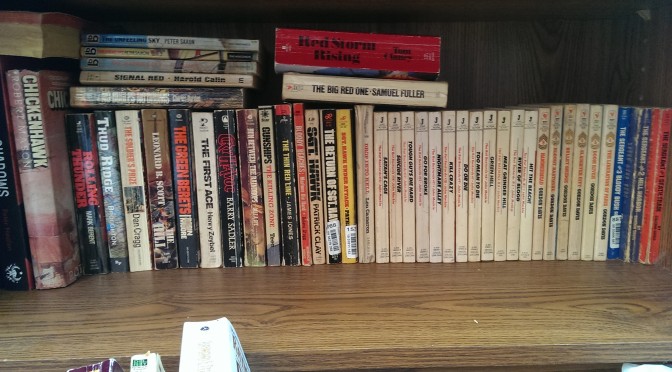



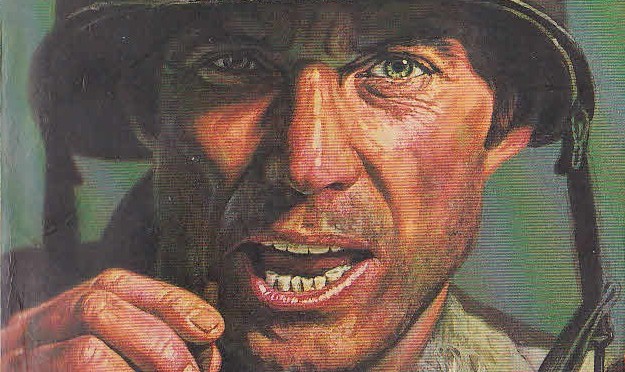



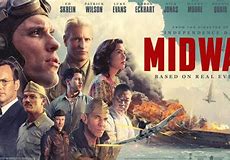
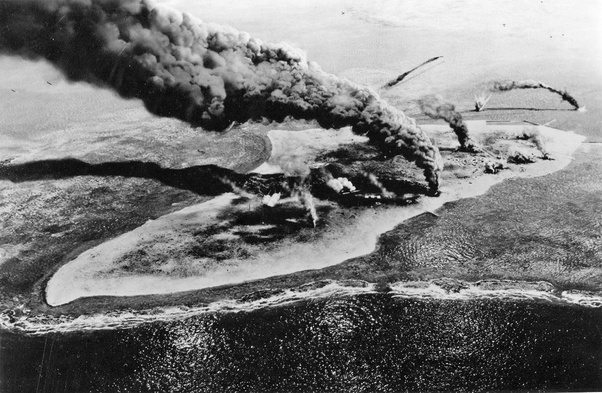
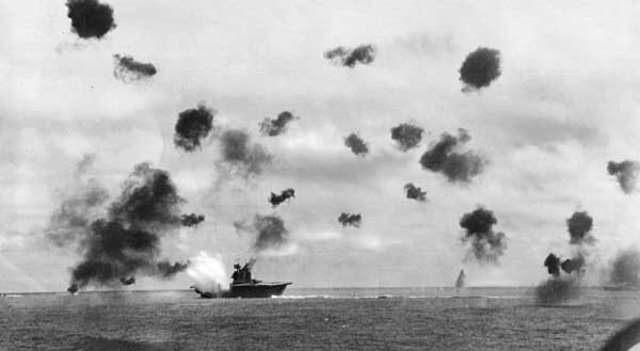
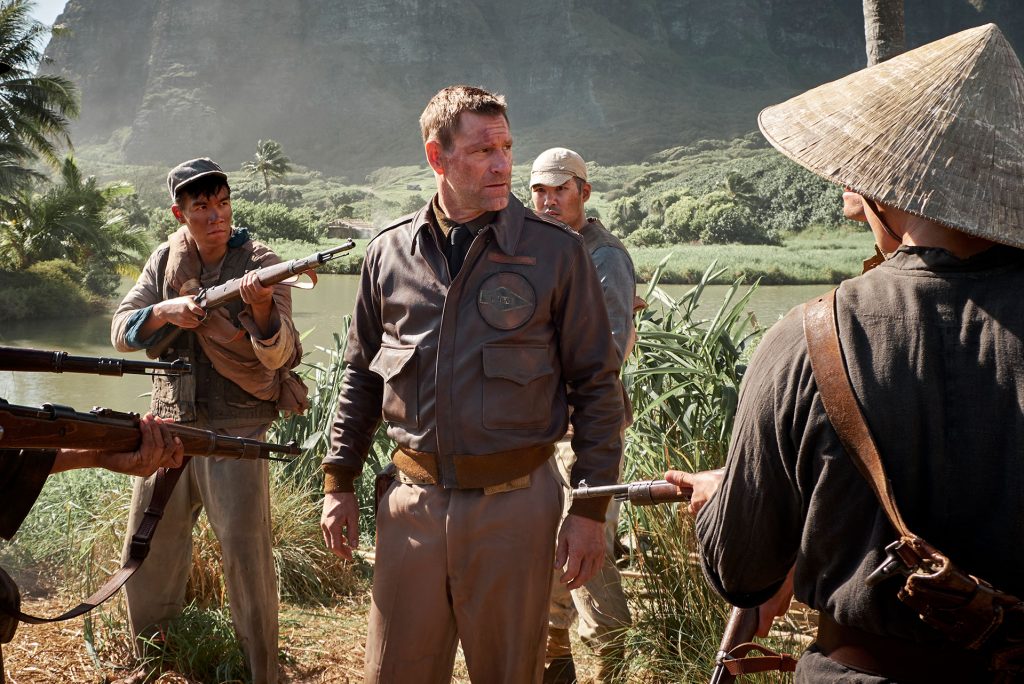



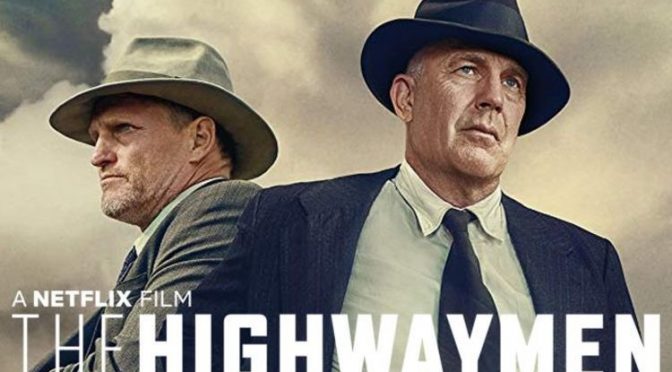
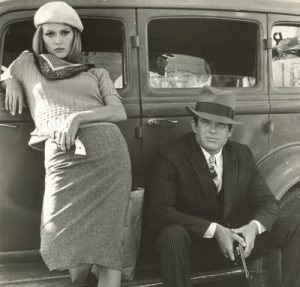 Both the critics and cheerleaders of The Highwaymen are
Both the critics and cheerleaders of The Highwaymen are 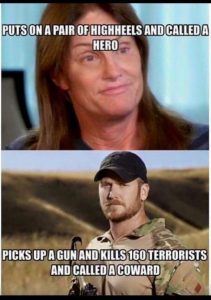 In the lost America they enjoyed, cultural icons like pioneers, farmers, cowboys, soldiers, inventors, entrepreneurs and fathers were accepted and promoted as role models that children should aspire to emulate. But this infuriated the cultural Marxists, who wanted a society like what we have now, where the “heroes” are degenerate celebrities, drag queens, pedophiles, other sexual deviants, illiterate street gangsters, sleazy lawyers, hate crime hoaxers, infanticidal feminists, grifters, serial killers and treasonous politicians.
In the lost America they enjoyed, cultural icons like pioneers, farmers, cowboys, soldiers, inventors, entrepreneurs and fathers were accepted and promoted as role models that children should aspire to emulate. But this infuriated the cultural Marxists, who wanted a society like what we have now, where the “heroes” are degenerate celebrities, drag queens, pedophiles, other sexual deviants, illiterate street gangsters, sleazy lawyers, hate crime hoaxers, infanticidal feminists, grifters, serial killers and treasonous politicians.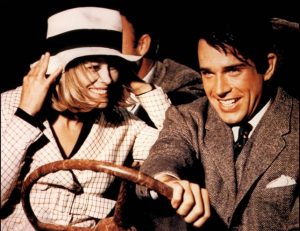 The movie critics, now foaming at the mouth because the Texas Rangers in The Highwaymen who stopped the glamorous bankrobbers are portrayed sympathetically, gush in masturbatory praise over the trailblazing, romantic, revisionist Bonnie and Clyde from 1967.
The movie critics, now foaming at the mouth because the Texas Rangers in The Highwaymen who stopped the glamorous bankrobbers are portrayed sympathetically, gush in masturbatory praise over the trailblazing, romantic, revisionist Bonnie and Clyde from 1967.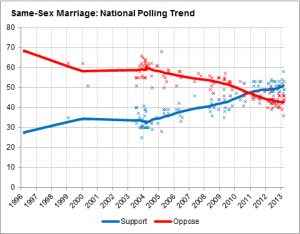 But now homosexuality is ubiquitously promoted as normal and moral–and you better not speak against it or you’ll either lose your job, be fined out of business, or in some cases, jailed. Audiences wouldn’t bat an eye at seeing Clyde depicted that way today, so why wouldn’t the film-makers ram it down our throats as usual, to perpetuate their familiarity-conditioning? They insert it absolutely everywhere else, even when it’s not relevant or necessary, let alone historically accurate. What a curious artistic decision, my dear Watson.
But now homosexuality is ubiquitously promoted as normal and moral–and you better not speak against it or you’ll either lose your job, be fined out of business, or in some cases, jailed. Audiences wouldn’t bat an eye at seeing Clyde depicted that way today, so why wouldn’t the film-makers ram it down our throats as usual, to perpetuate their familiarity-conditioning? They insert it absolutely everywhere else, even when it’s not relevant or necessary, let alone historically accurate. What a curious artistic decision, my dear Watson.